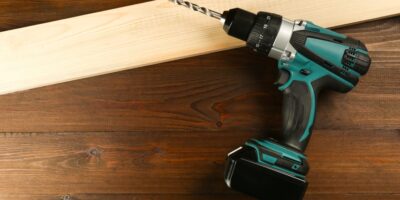How to Carve Letters into Wood
How to Carve Letters into Wood
Carving letters into wood is a time-honored craft. It combines artistry with precision. Whether for signs, decorations, or keepsakes, carved letters add a personal touch. Here’s how you can learn to carve letters into wood effectively.
Gathering Materials
First, gather all necessary materials. Start with a wooden board. Pine, cedar, or basswood are good choices for beginners. They are soft and easy to carve. Also, get a set of sharp carving tools. Beginners can start with a basic set that includes a chisel, V-gouge, and U-gouge.
You’ll need a pencil and ruler to mark out your letters. Masking tape is useful for creating straight lines as guides. Safety gear is also essential. Wear safety glasses and a carving glove to protect from potential slips.
Choosing and Preparing Your Design
Decide on the font and size of the letters. Simpler fonts like Arial or Helvetica are easier for beginners. Print your design or draw it directly onto the wood. If using a printout, use carbon paper to transfer the design to the wood surface.
With a ruler and pencil, draw guidelines to ensure letters are even and straight. Mark out borders if you want to contain your text within a certain area. Masking tape can help keep your lines crisp and clear.
Setting Up Your Workspace
Find a stable work surface. A workbench or sturdy table is ideal. Good lighting is crucial. Natural light is best, but a bright desk lamp works too. Make sure you have enough space to maneuver your tools without knocking anything over.
Ensure your wood piece is securely clamped down. This prevents it from moving as you carve. Stability is key for accurate carving and safety.
Starting the Carving
Begin with the outline of each letter. Use the V-gouge for this task. Hold the gouge at a 45-degree angle. Press gently into the wood and follow the pencil lines. Work slowly to avoid mistakes. You can go over the lines multiple times to deepen the cuts.
After outlining, remove the excess wood around the letters. Use the U-gouge for broader cuts. Carve away from your body to maintain control. Take your time and do not rush this process.
Finishing Techniques
Once the main shapes are carved, refine the details. Use smaller chisels for fine adjustments. Smooth any rough edges with sandpaper. Fine-grit sandpaper can enhance the finish of your letters.
Consider staining or painting your wood piece. This adds contrast and highlight to your carved letters. Be sure to apply a sealant to protect the wood and preserve your work.
Essential Tips
- Always carve in a well-lit area.
- Keep your tools sharp; dull tools are harder to control and more dangerous.
- Practice on scrap wood before working on your main piece.
- Work slowly and methodically, especially when you’re new to carving.
- Take breaks to avoid hand fatigue and maintain precision.
Common Mistakes and How to Avoid Them
A common mistake is carving too deeply too quickly. Start with shallow cuts and gradually deepen them. This approach gives better control and reduces error. Another mistake is neglecting tool maintenance. Sharp tools yield cleaner cuts and are safer.
Rushing the preparation stage is another pitfall. Spend adequate time on planning and setting up. Proper guidelines and secure clamping make a significant difference. Ignoring safety can lead to injuries. Always wear safety gear and carve away from your body.
Advanced Techniques
Once comfortable with basics, explore advanced techniques. Try different gouges and chisels to create various effects. Experiment with different fonts and sizes for a personal touch. Use a Dremel tool for detailed work.
Add textures and shading by varying carving depth. Different wood types offer unique challenges and finishes. Explore hardwood like oak or walnut for more durable and intricate pieces.
Historical Context
Wood carving dates back centuries. Ancient civilizations used it for storytelling and decoration. Techniques and tools have evolved, but the craft remains rooted in tradition. In medieval Europe, wood carving flourished in religious art and architecture.
Today, it is a beloved hobby and a respected craft. Modern tools have made it more accessible, but the fundamental skills remain the same. Learning to carve letters connects you to a rich history and timeless art form.
